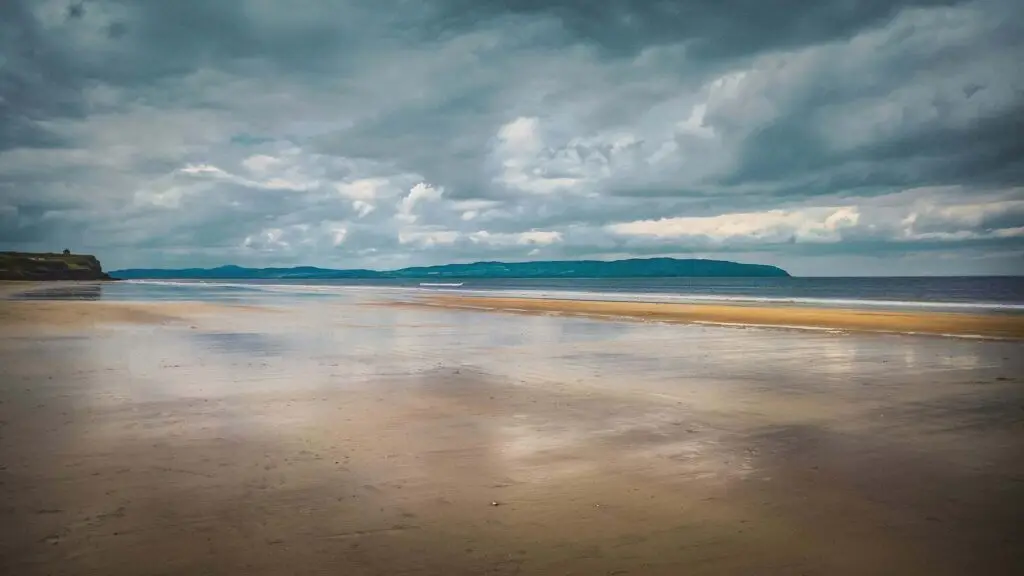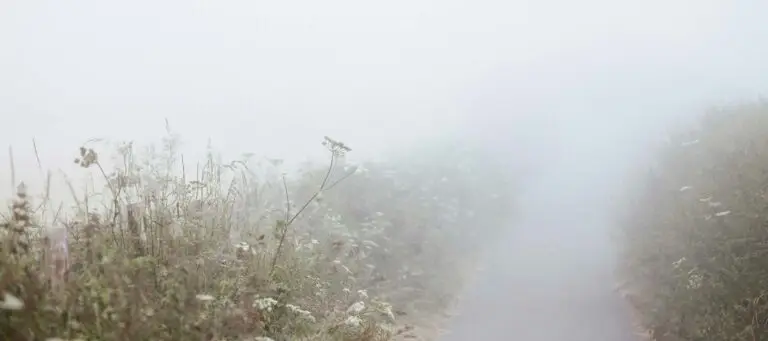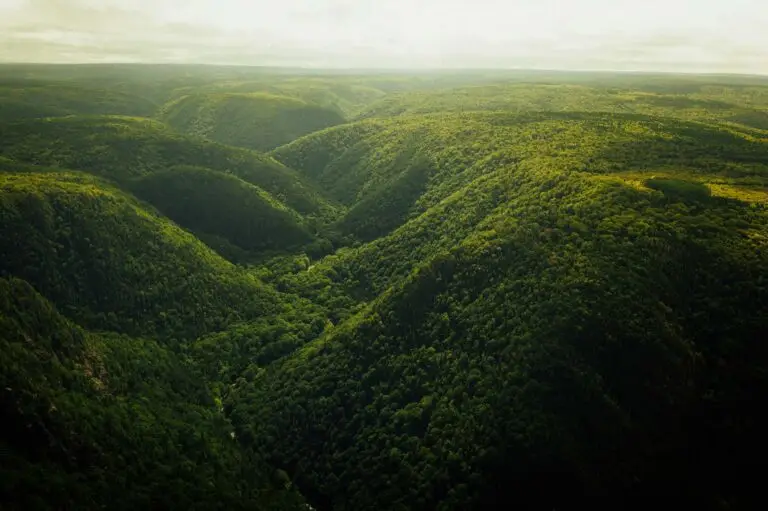What Defines the Donegal Style?
The Donegal fiddle style stands out from other Irish traditions in a few ways:
1. Rhythmic Precision and Drive:
Donegal fiddlers are known for their tight, rhythmically sharp playing. The bowing is often strong and deliberate, with a clear emphasis on rhythm to drive the tune forward. This makes Donegal music particularly suited for dance, where clarity and pulse are essential.
2. Scottish Influence:
Due to Donegal’s proximity to Scotland, the style is heavily influenced by Scottish fiddle traditions. This is especially apparent in the repertoire, which includes a significant number of highlands, strathspeys, and marches—forms more commonly associated with Scotland.
3. Double Stopping and Droning:
Donegal fiddlers frequently use double stops (playing two strings at once) and droning techniques to add texture and fullness to their sound. This creates a bold, resonant tone that fills a room.
4. Minimal Ornamentation:
While ornamentation is a hallmark of most Irish fiddle styles, Donegal fiddlers tend to use it sparingly, focusing instead on bowing techniques and phrasing to bring the music to life.
5. Faster Tempos:
Donegal tunes are often played at quicker tempos than those in other regions, lending the music an exhilarating, driving quality.
The Repertoire: Highlands, Reels, and More
The Donegal repertoire is as distinctive as the style itself. In addition to the reels and jigs found throughout Ireland, Donegal musicians are particularly known for their highlands and strathspeys, which have a Scottish flavour and are often played with a syncopated rhythm.
Another notable feature of the Donegal tradition is the mixing of tunes into medleys, where one tune flows seamlessly into the next. This practice is especially common in céilí settings, where continuous music is key to keeping the dancers moving.
The reels Drowsy Maggie, and The Oak Tree, in particular, have an association with Donegal.
Key Figures in the Donegal Tradition
John Doherty (1900–1980) one of the most famous Donegal fiddlers, John Doherty was a traveling musician who played with a fiery intensity and unparalleled precision. His repertoire included countless rare tunes, many of which he learned from his family or picked up during his travels.
James Byrne (1946–2008) known for his lyrical and heartfelt playing, Byrne’s style exemplified the elegance and power of Donegal fiddling. His recordings remain a vital resource for anyone studying the tradition.
Tommy Peoples (1948–2018) a legend in Irish music, Tommy Peoples combined the rhythmic precision of Donegal fiddling with his own innovative flair. His deeply expressive playing and prolific composing have left an indelible mark on the tradition.
The Campbell Brothers legendary fiddlers Vincent and Jimmy Campbell were instrumental in keeping the Donegal tradition alive. Their recordings showcase the region’s unique blend of Scottish and Irish influences.
Why Donegal Fiddling Matters
The Donegal fiddle style is a powerful reminder of the rich diversity within Irish traditional music. Its bold, driving energy and Scottish influences offer a unique perspective on the tradition, while its emphasis on rhythm and bowing techniques makes it a joy to play and listen to.
For those who enjoy listening to Cape Breton fiddle style music here in Nova Scotia, it is said that that style in particular carries the old soul of the Scottish and Donegal traditions which were brought over many years ago—and have been preserved for us all to cherish and pass down the ages.
Resources
John Doherty plays the classic reel Drowsy Maggie.
https://youtu.be/DL_9r0kSGYA?si=ZLhmftrrz-FxNQ-Y
James Byrne playing the reel Éirí na Gréine – The Rising Of The Sun.
https://youtu.be/5HjQ8BOOwJ4?si=oKtrkIJjpvl72d_n
Tommy Peoples playing two strathspeys The Laird of Drumblair and Little John’s Hame.
Tommy People’s and Paul Brady playing two reels The Oak Tree and The Pinch Of Snuff.
A documentary on the Campbell brothers showcasing the Donegal fiddle style.



